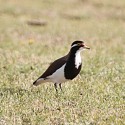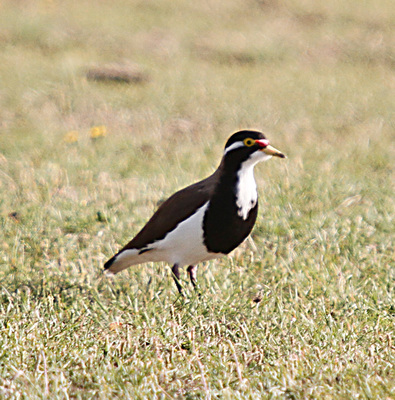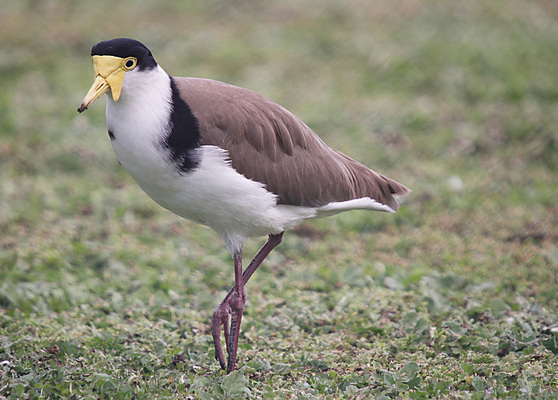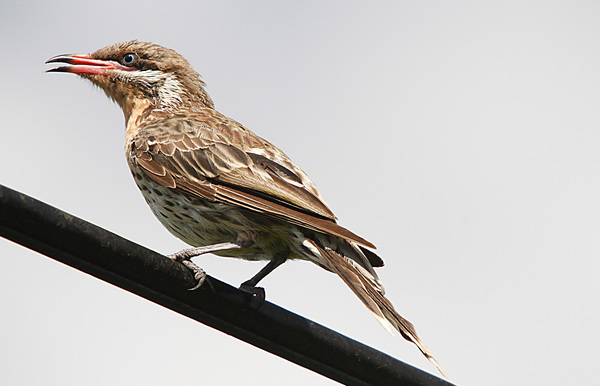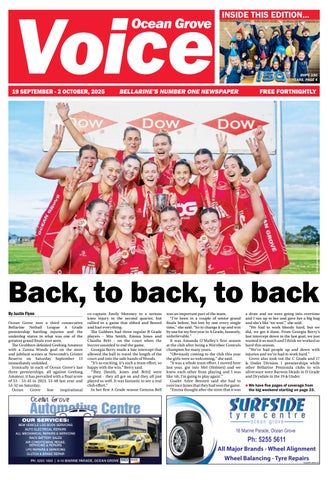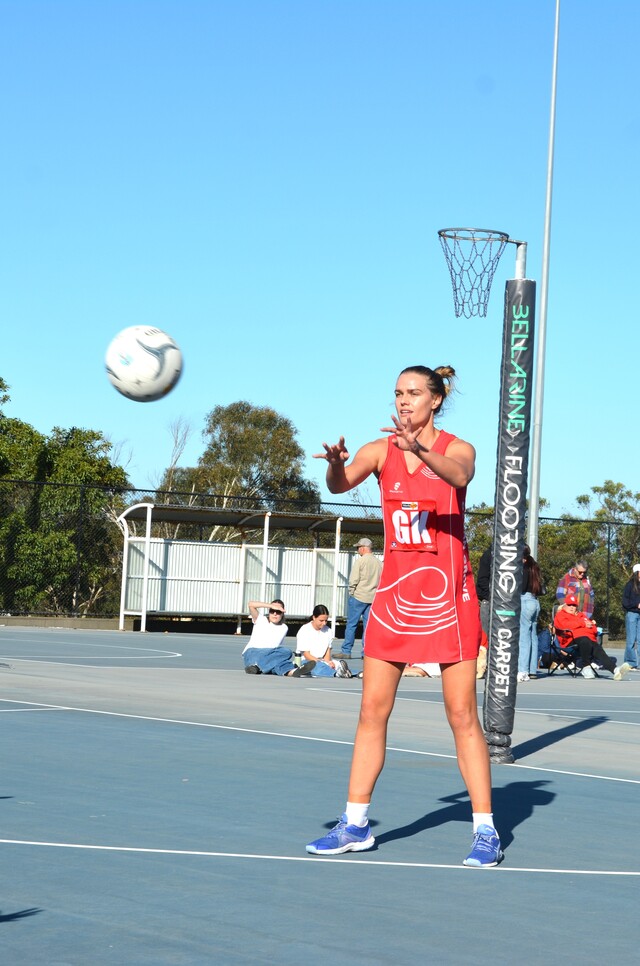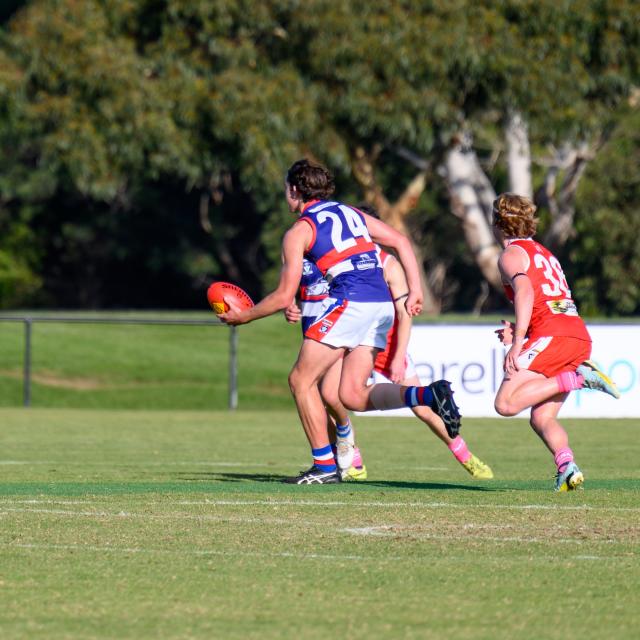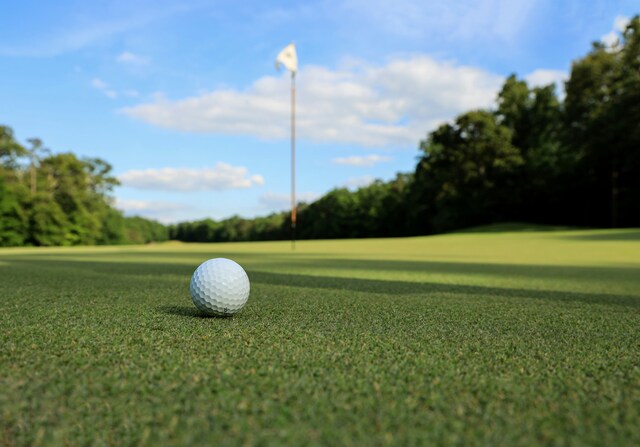By JEN CARR
WHAT a wonderful few weeks.
I’ve had another week off work which inevitably leads to a few lovely outings. My favourite new hobby of spotting Australian hobbies on TV aerials near the corner of Tuckfield Street and Shell Road in Ocean Grove has come to an end, as the hobbies have moved on to greener TV aerials.
I’ve had several trips to the Western Treatment Plant, with the aim of spotting the red-necked phalarope (a migratory shorebird that usually winters on tropical islands, but this particular bird has decided to fly further south to the sewerage farm). Unlike many other birdwatchers I have failed to spot the phalarope, but I have had a lovely time trying to see it.
I did bump into members of the Bellarine Birdlife Group at the WTP, and they did manage to see the phalarope. I think I will need to invest in a bird spotting scope instead of relying on my trusty camera lens. Actually that might be a great birthday present if anyone in my family are reading this – hint hint!
When I was driving down Beach Road past Avalon Airport I did see a few banded lapwings in a farm paddock by the side of the road. Banded lapwings are similar to the infamous masked lapwing or spur-winged plover, but they are much smaller (29cm compared to 38cm) and have a longer tail and shorter legs. They also have a U-shaped black breast band, and a small red wattle over the bill, that are absent in the masked lapwing. Apparently the banded lapwings have some young birds, and as they are ground nesters and the young can not fly for several weeks, they have a huge battle for survival on their hands. I’ll keep an eye on them and hope that they do well.
Speaking of young birds, the red-whiskered bulbuls that were seen by Peter in Clifton Springs have at least two offspring. I look forward to seeing them, too.
Another lovely bird I have seen lately was a spiny-cheeked honeyeater, which was on a telephone line in Orton Street outside a friend’s house. This medium-sized (26cm) bird has a grey and brown crown, a mottled grey-brown back, a white cheek with spiny bristles, and a brown and white streaked throat and chest. The pale blue-grey eye is surrounded by bare pinkish skin and the pink bill has a black tip. They are seen in shrubs around the coast, particularly on the spit between Ocean Grove and Barwon Heads.
I received a lovely email from Kathryn, who lives in St Leonards, who told me that she has kept count of the species of birds that she has seen in St Leonards, and she is up to 128 species, which is pretty impressive. Her list includes tawny frogmouths, swamp harriers, gannets, kestrels, fairy penguins and sandpipers (curlew and sharp-tailed). It was lovely to hear of the diversity of bird life in Kathryn’s home town.
I also received an email from Jan in Ocean Grove, who has been keeping an eye on the tawny frogmouths near her home. There were four tawnies in the park around Christmas, and now there are three, so either one of the young have moved on or has not survived. I was happy to see three tawny frogmouths in their usual tree in the Geelong Botanical gardens during the week, so the adults may have reared an offspring there too over the summer. I just love a tawny or two or three.
In regards to the endangered hooded plover, which nest on the beaches around the Bellarine and Surf Coast, there is a nest at the moment at 6W which is due to hatch around the end of February. There will be signs asking people to control their dogs on leads, as the chicks cannot fly for five weeks, which means they are vulnerable until they can fly well enough to evade a persistent kelpie or border collie.
There are a few activities coming up at the Ocean Grove Nature Reserve including the annual moth spotting night. You can refer to the Facebook page for information.
If you are interested in some organised birdwatching activities you can also find the list of outings on the webpage at birdlife.org.au/locations/birdlife-bellarine-peninsula

